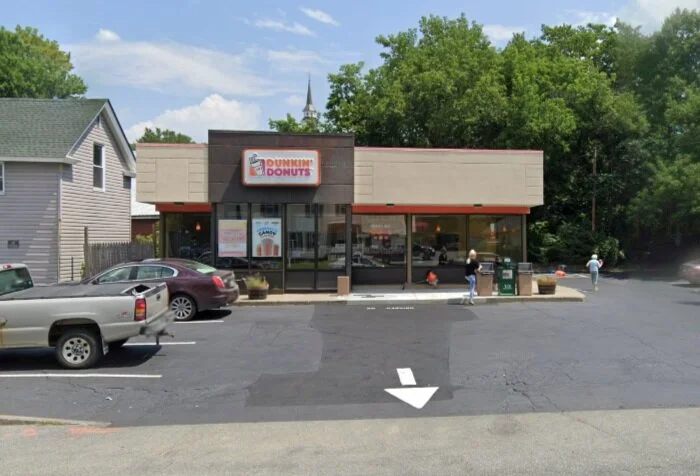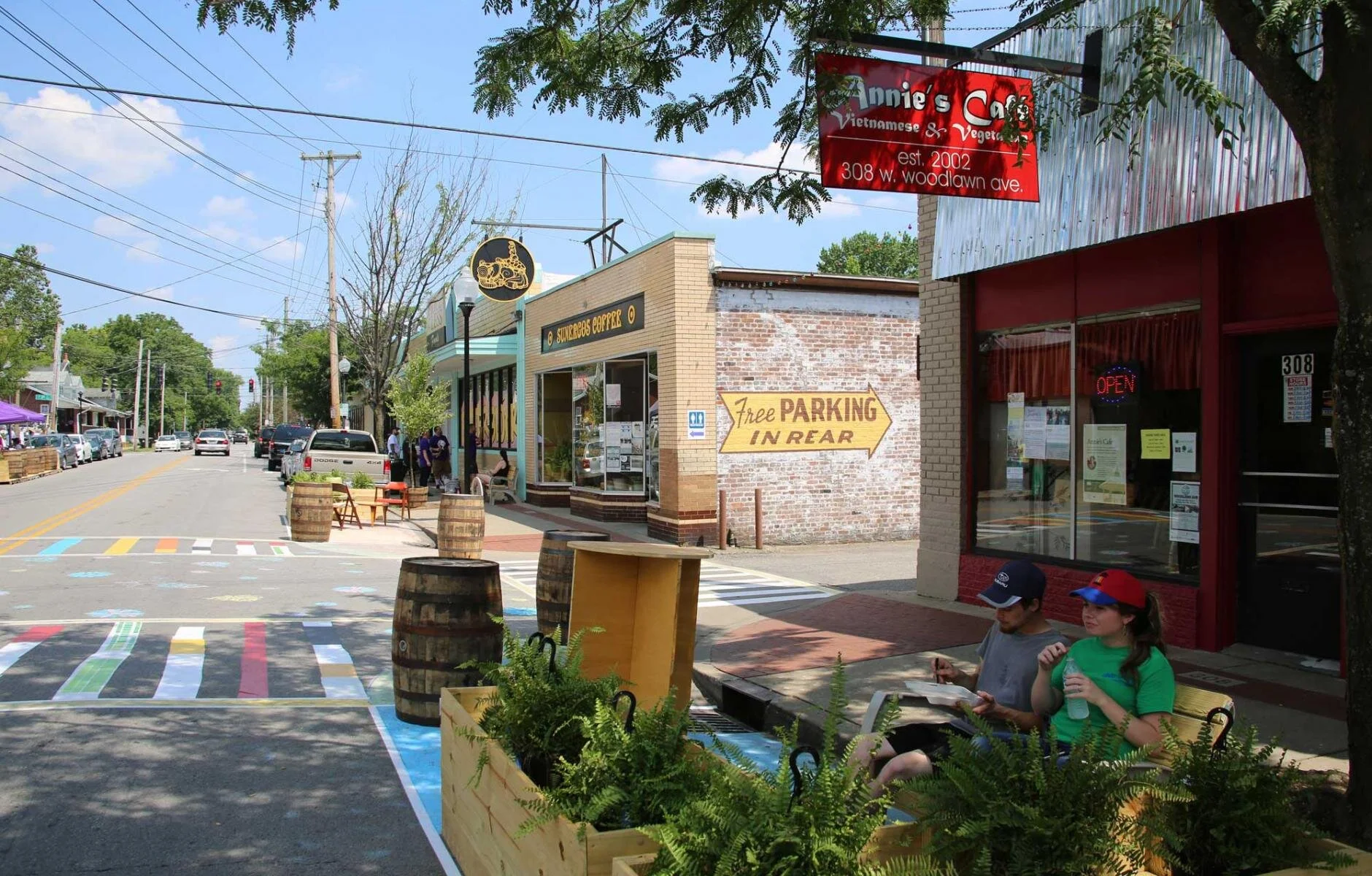In many ways, this multiuse path, and my activity on it, exemplifies the tremendous power of the nation’s more than 20,000 miles of rail-trails. Beyond exceptional recreational resources, rail-trails are economic engines for local communities. They reduce traffic, cut global warming emissions, improve public health, and protect green corridors of car-free tranquility and wildlife.
In short, rail-trails come close to being an absolute good. It’s a fact demonstrated in communities across America, and one that has driven significant rail-trail growth in recent years. Yet rail-trails often remain a secondary consideration in regional planning—a nice but non-essential add-on to America’s car-centric culture—rather than an integral and hugely beneficial component of transportation infrastructure that planners should embrace and expand.
Read MoreOutdoor recreation offers opportunities for sustainable economic and community development across the United States. Through interviews with over 60 practitioners - including elected officials, land managers, economic development specialists and business leaders - the Outdoor Recreation Roundtable has developed this toolkit to help your community build an outdoor recreation economy of its own.
Read MoreTuk Tuk Thai, currently based in downtown Hanover, NH, has announced plans to open a second location in the former Dunkin Donuts on South Main Street in Downtown West Lebanon.
Read MoreMain Street Regenerators are needed to accelerate, and share the benefits of, the economic recovery. The notion that a quick revival of Main Streets will be driven by millions of individual small businesses acting on their own defies the laws of finance
Read MoreComplete streets have significant, often untapped, potential for boosting the economies of small or mid-sized downtowns. That potential is a silver lining of poor transportation planning that has damaged main streets for generations, often funded by state departments of transportation. If states reverse these policies, using normal transportation dollars, we should see local economies respond
Read MoreTo get there we need to turn the planning process "upside down," by focusing first on sidewalks as the best path to vitality, sustainability and equity. This often means widening or improving the sidewalks so they can adequately accommodate walkers as well as many other activities that contribute to the flourishing social life of a community: sidewalk tables, cafes, outdoor shop displays, buskers, benches and enough space for people to stop for a chat.
Read MoreEveryday, Main Street programs across the country reach out to a diverse cast of stakeholders to share the successes stories of commercial district revitalization and call for the policies, programs and resources that create positive impact in communities. Speaking up for Main Street involves resources from across the Four Points and strong leadership abilities.
Read MoreAARP, a nonprofit representing the interests of the 50-plus age group that claims 38 million members, published a new report on zoning reform to create more walkable communities. Enabling Better Places: A Handbook for Improved Neighborhoods, was cowritten with CNU.
Read More











